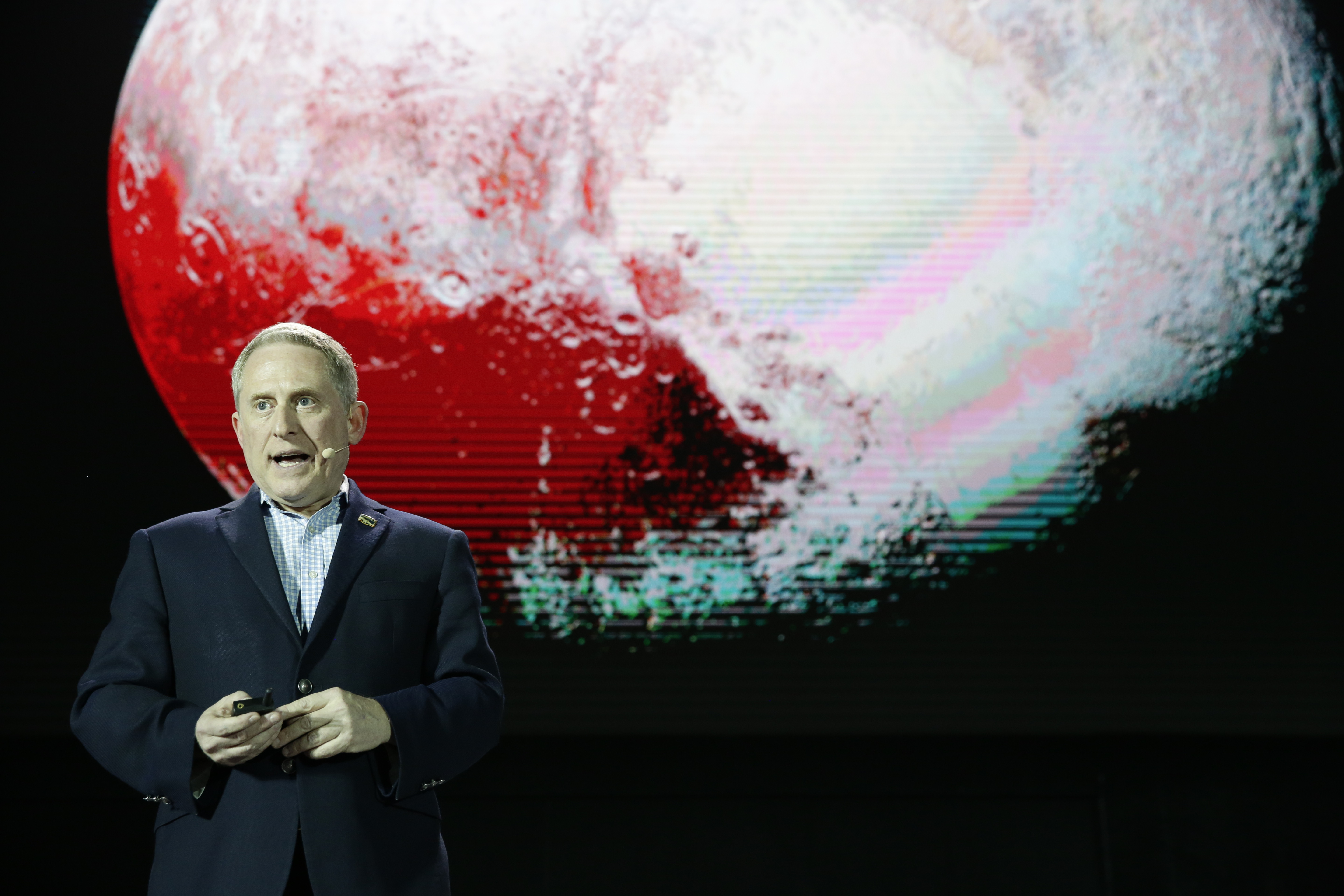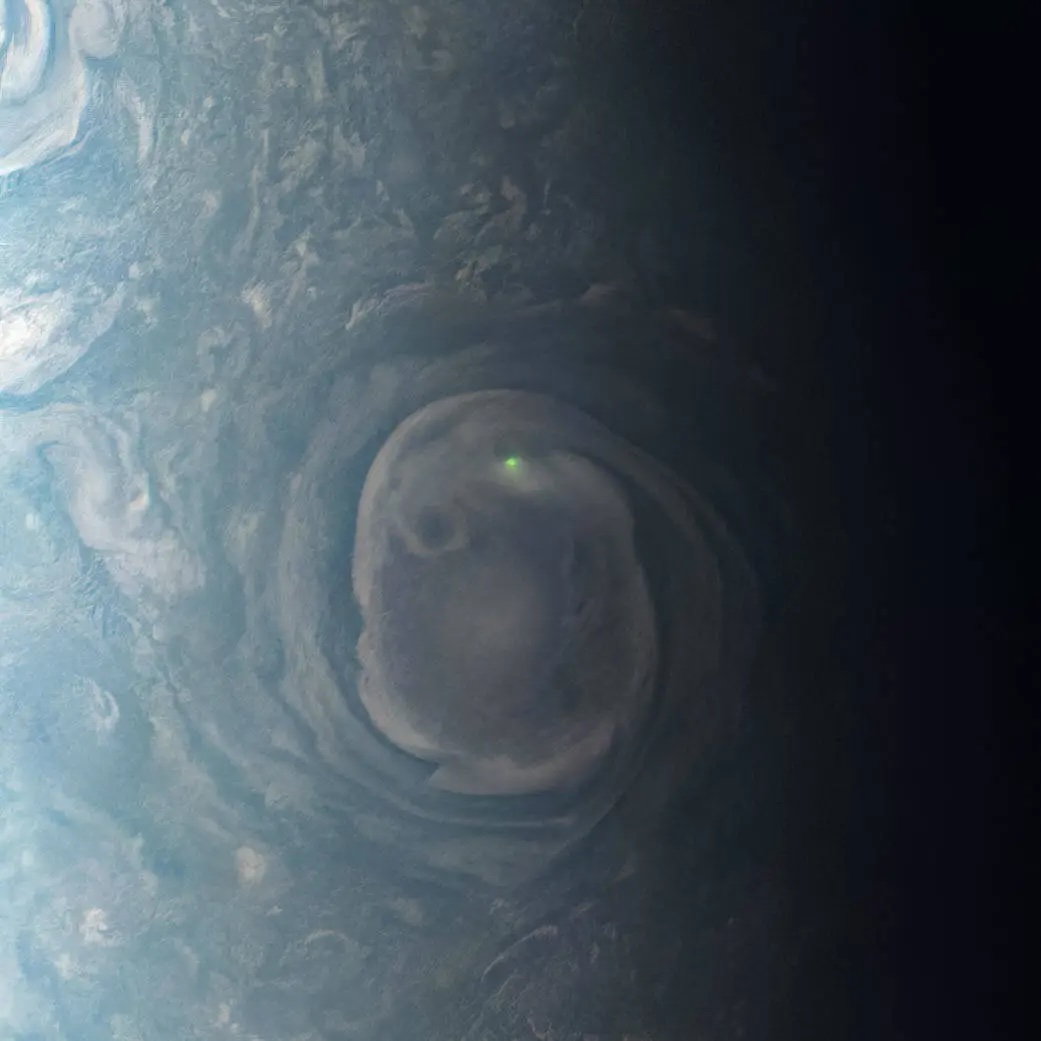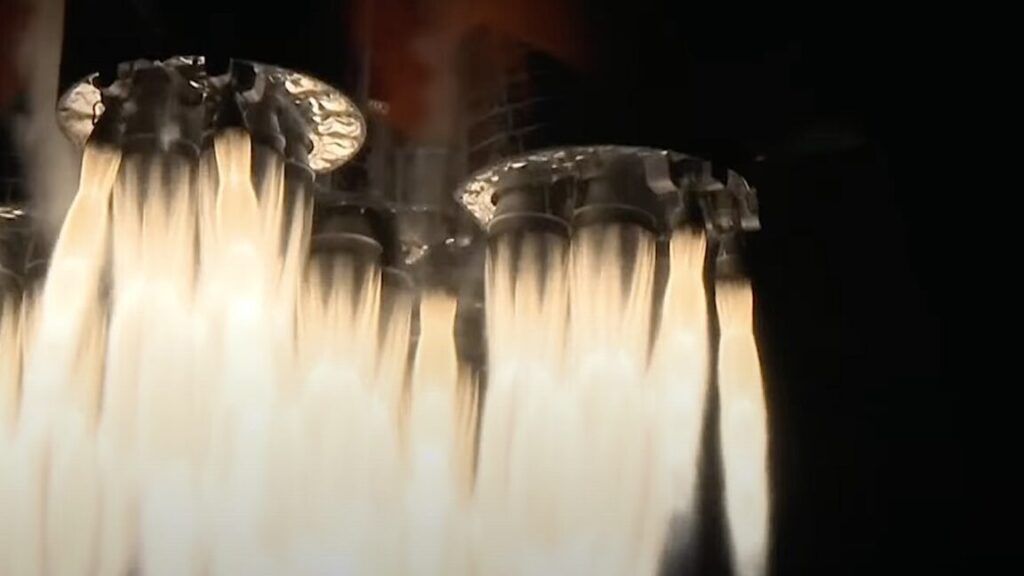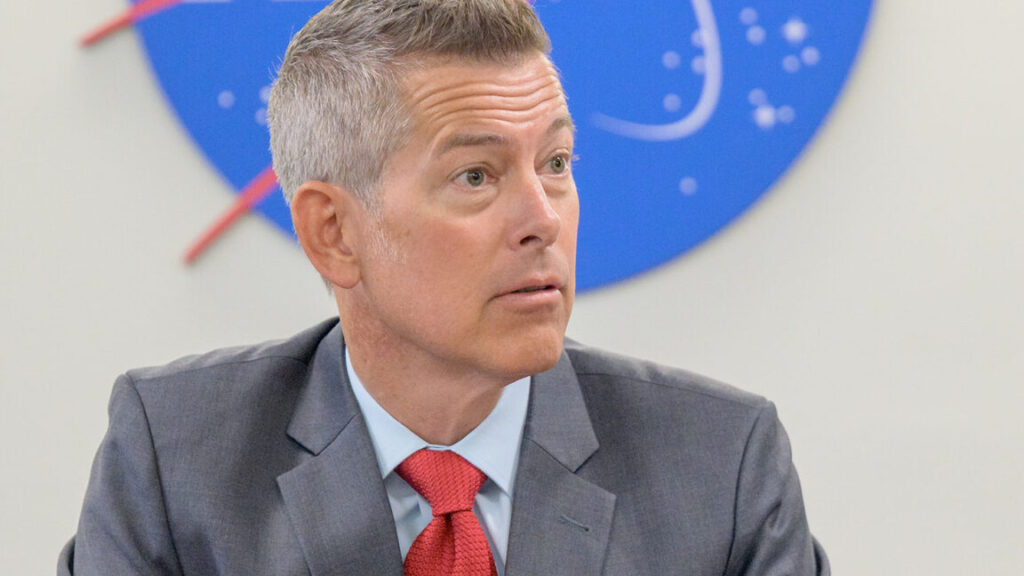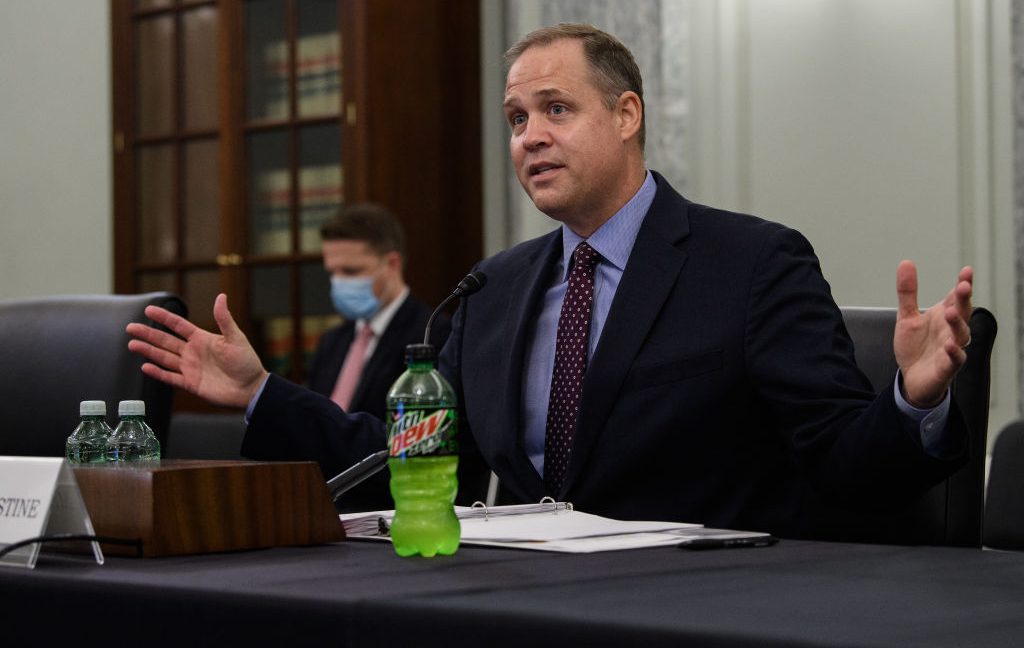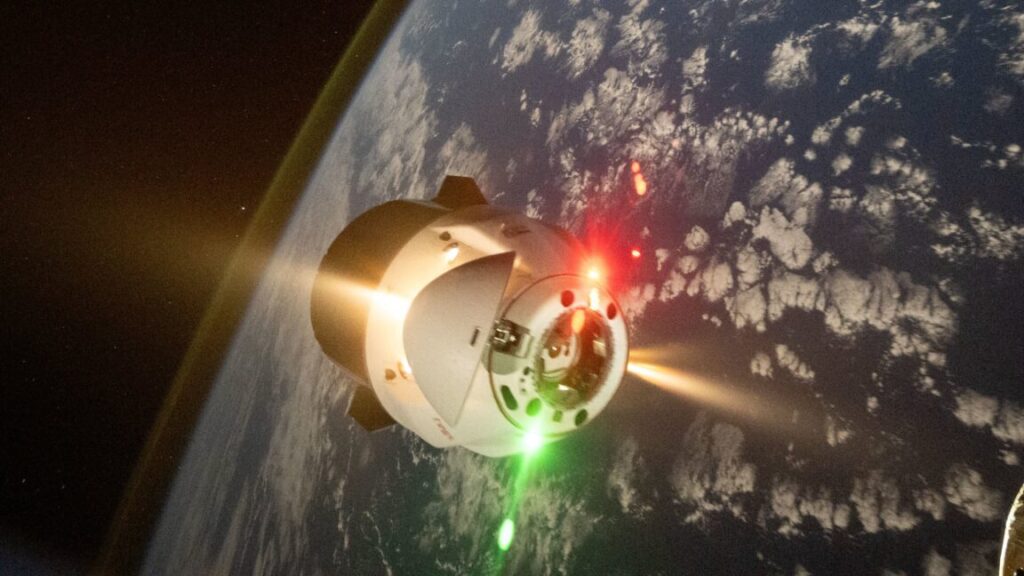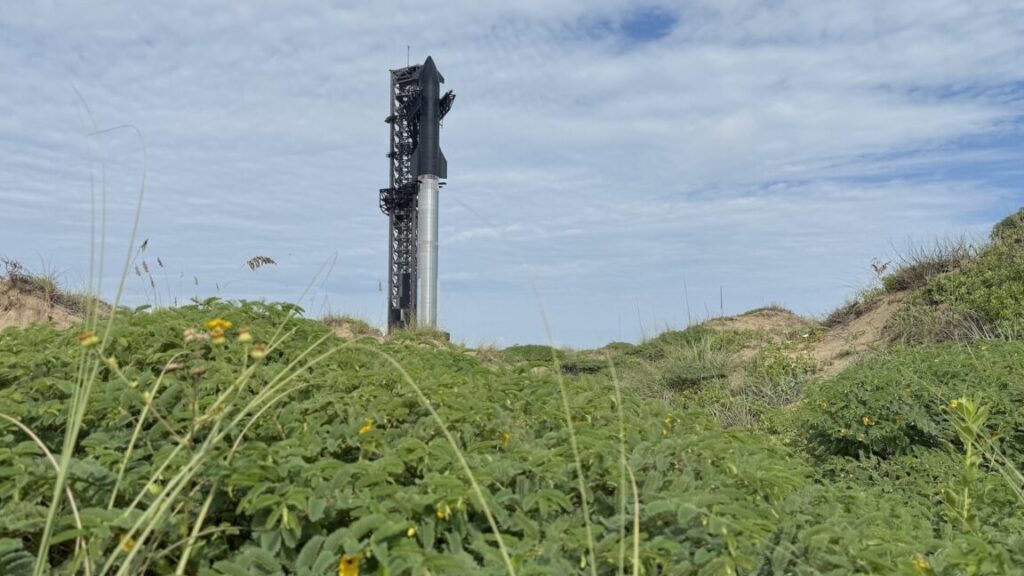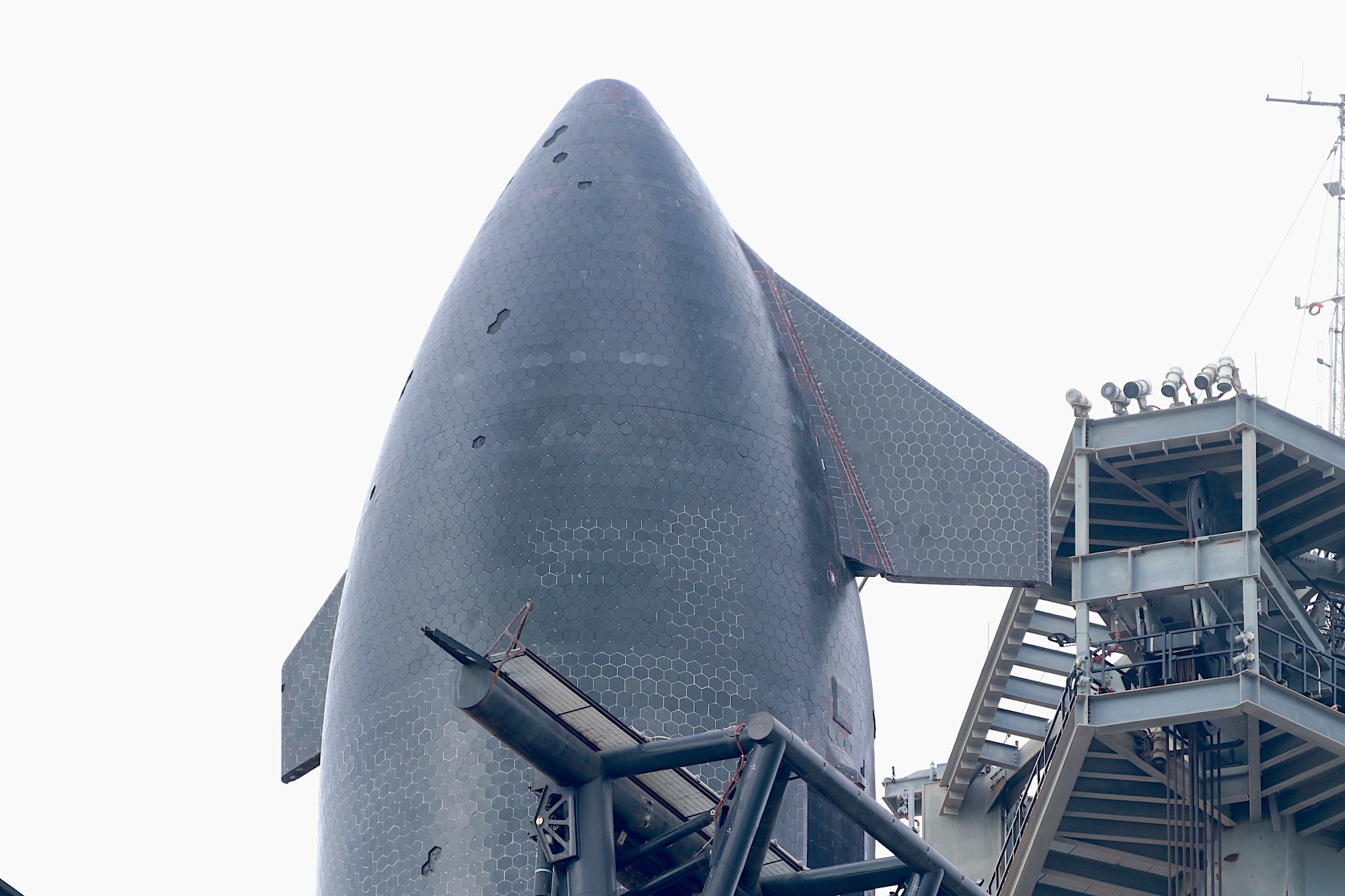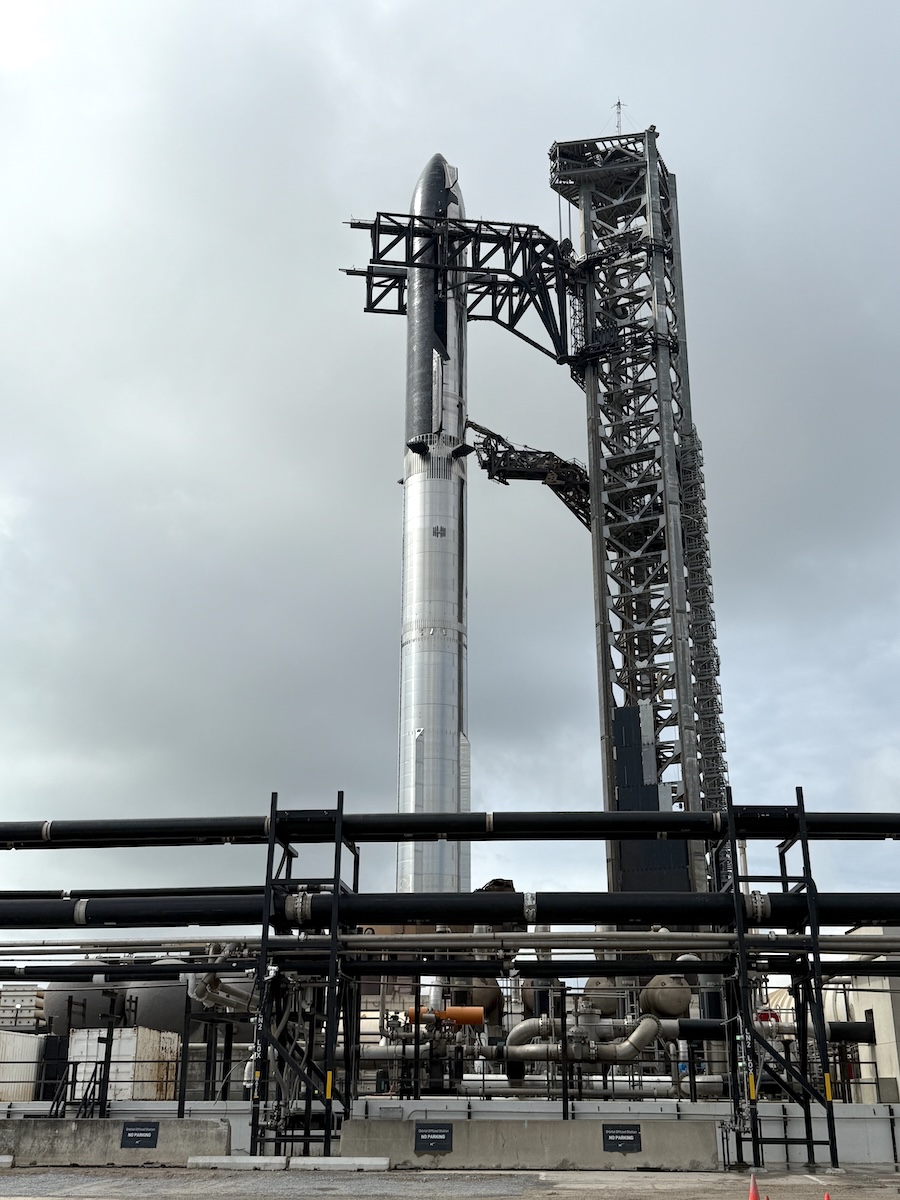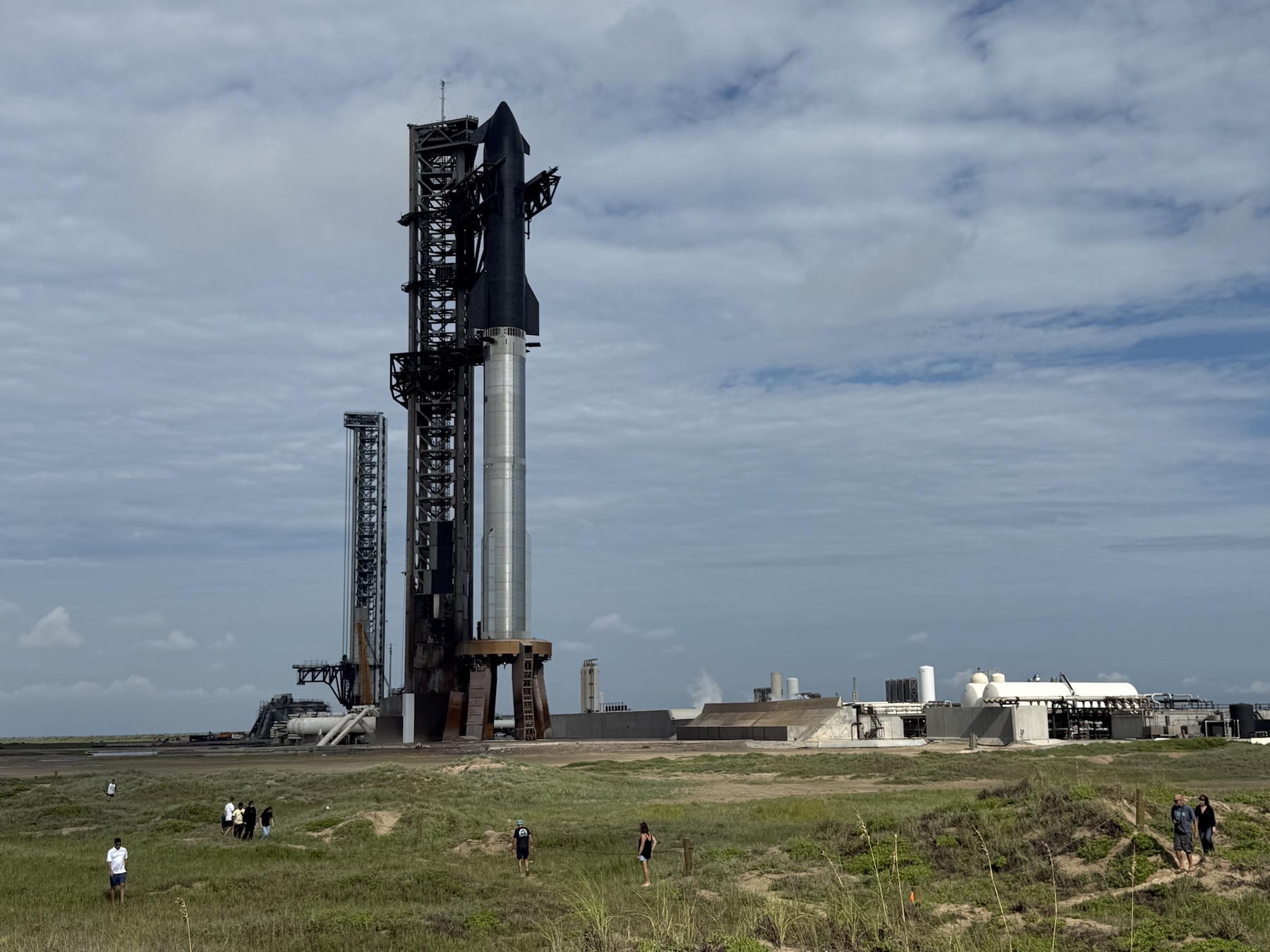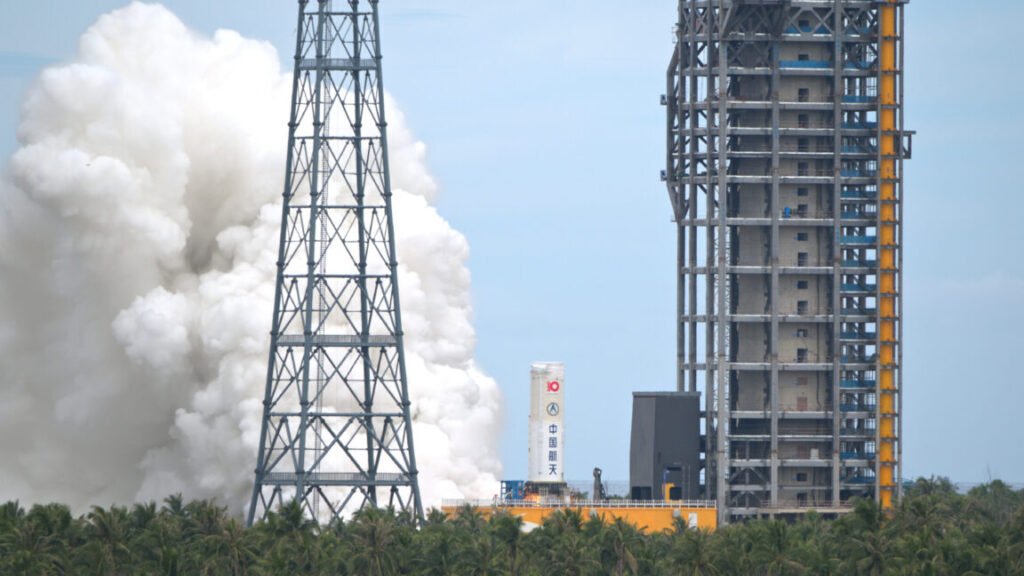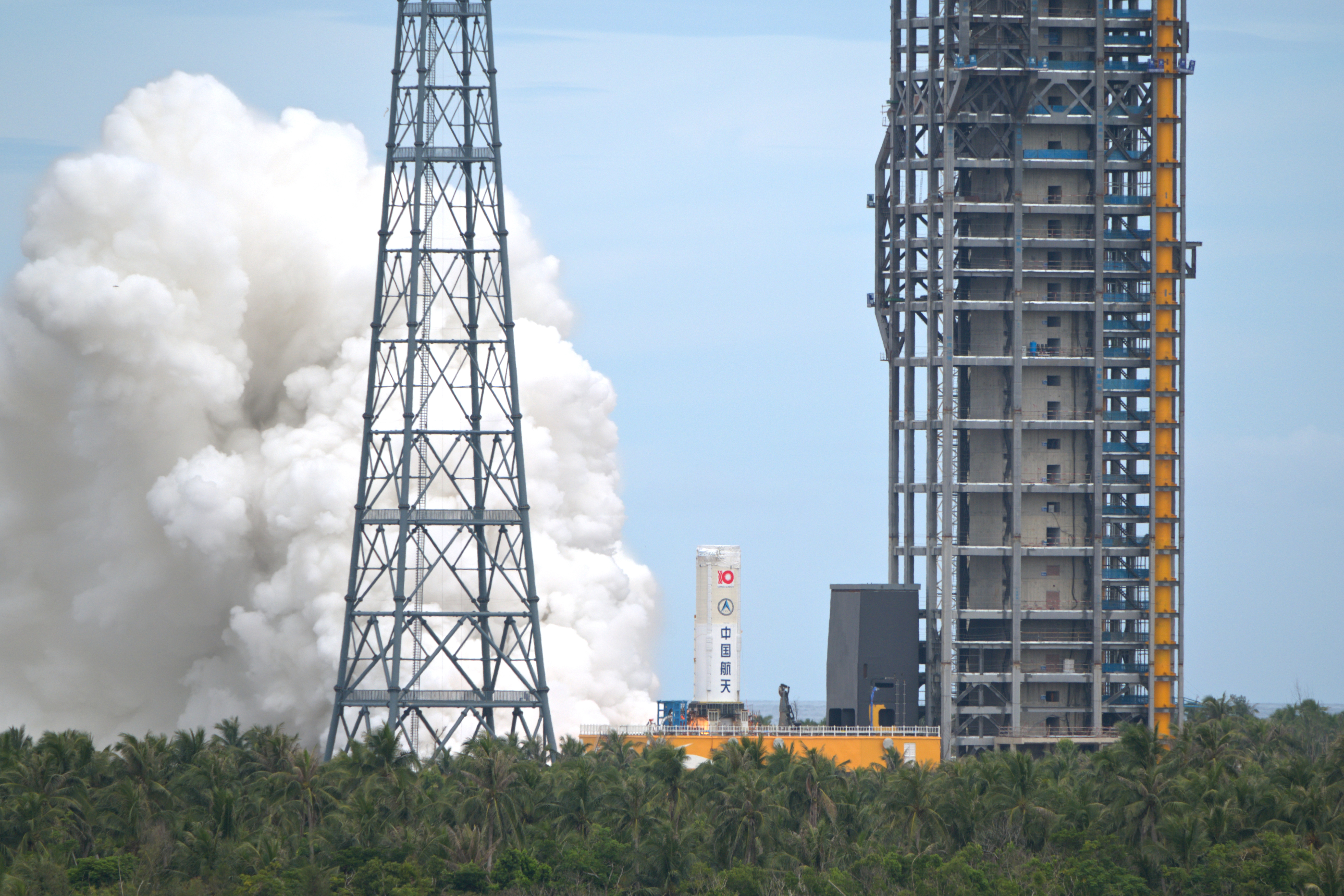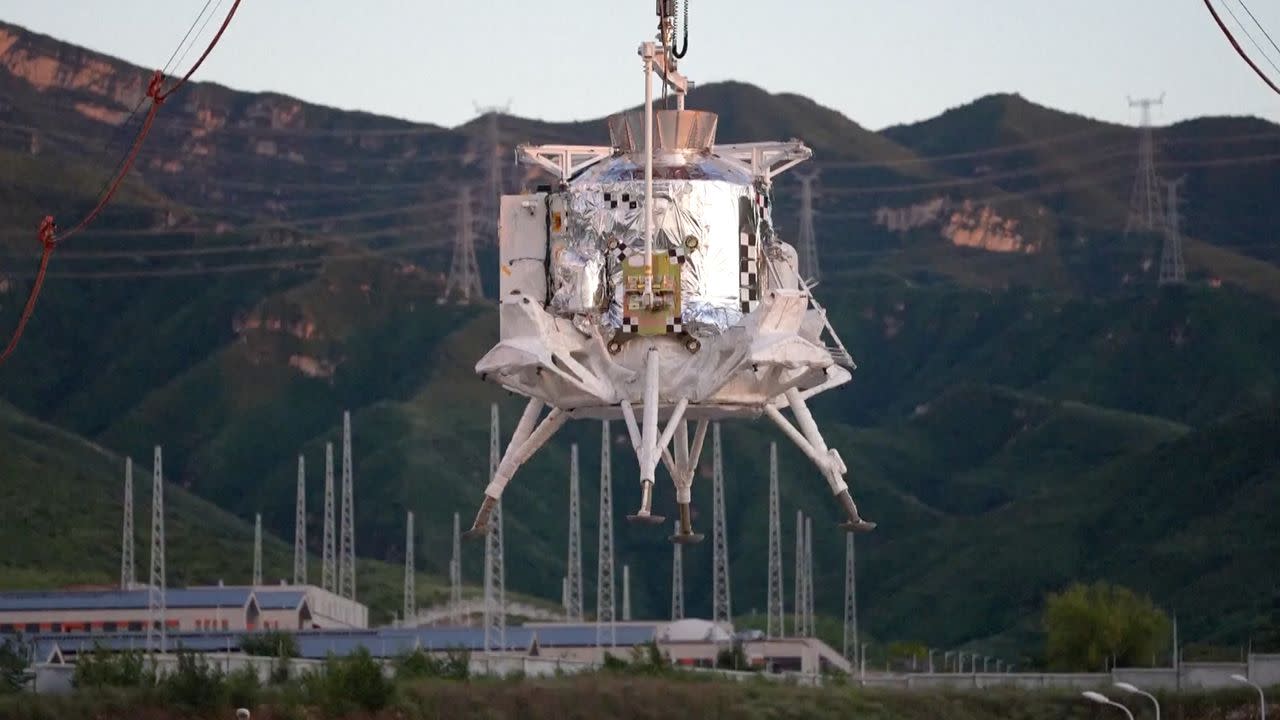NASA closing its original repository for Columbia artifacts to tours
NASA is changing the way that its employees come in contact with, and remember, one of its worst tragedies.
In the wake of the 2003 loss of the space shuttle Columbia and its STS-107 crew, NASA created a program to use the orbiter’s debris for research and education at Kennedy Space Center in Florida. Agency employees were invited to see what remained of the space shuttle as a powerful reminder as to why they had to be diligent in their work. Access to the Columbia Research and Preservation Office, though, was limited as a result of its location and related logistics.
To address that and open up the experience to more of the workforce at Kennedy, the agency has quietly begun work to establish a new facility.
“The room, titled Columbia Learning Center (CLC), is a whole new concept,” a NASA spokesperson wrote in an email. “There are no access requirements; anyone at NASA Kennedy can go in any day of the week and stay as long as they like. The CLC will be available whenever employees need the inspiration and message for generations to come.”
Debris depository
On February 1, 2003, Columbia was making its way back from a 16-day science mission in Earth orbit when the damage that it suffered during its launch resulted in the orbiter breaking apart over East Texas. Instead of landing at Kennedy as planned, Columbia fell to the ground in more than 85,000 pieces.
The tragedy claimed the lives of commander Rick Husband, pilot Willie McCool, mission specialists David Brown, Kalpana Chawla, Michael Anderson, and Laurel Clark, and payload specialist Ilan Ramon of Israel.
NASA closing its original repository for Columbia artifacts to tours Read More »


